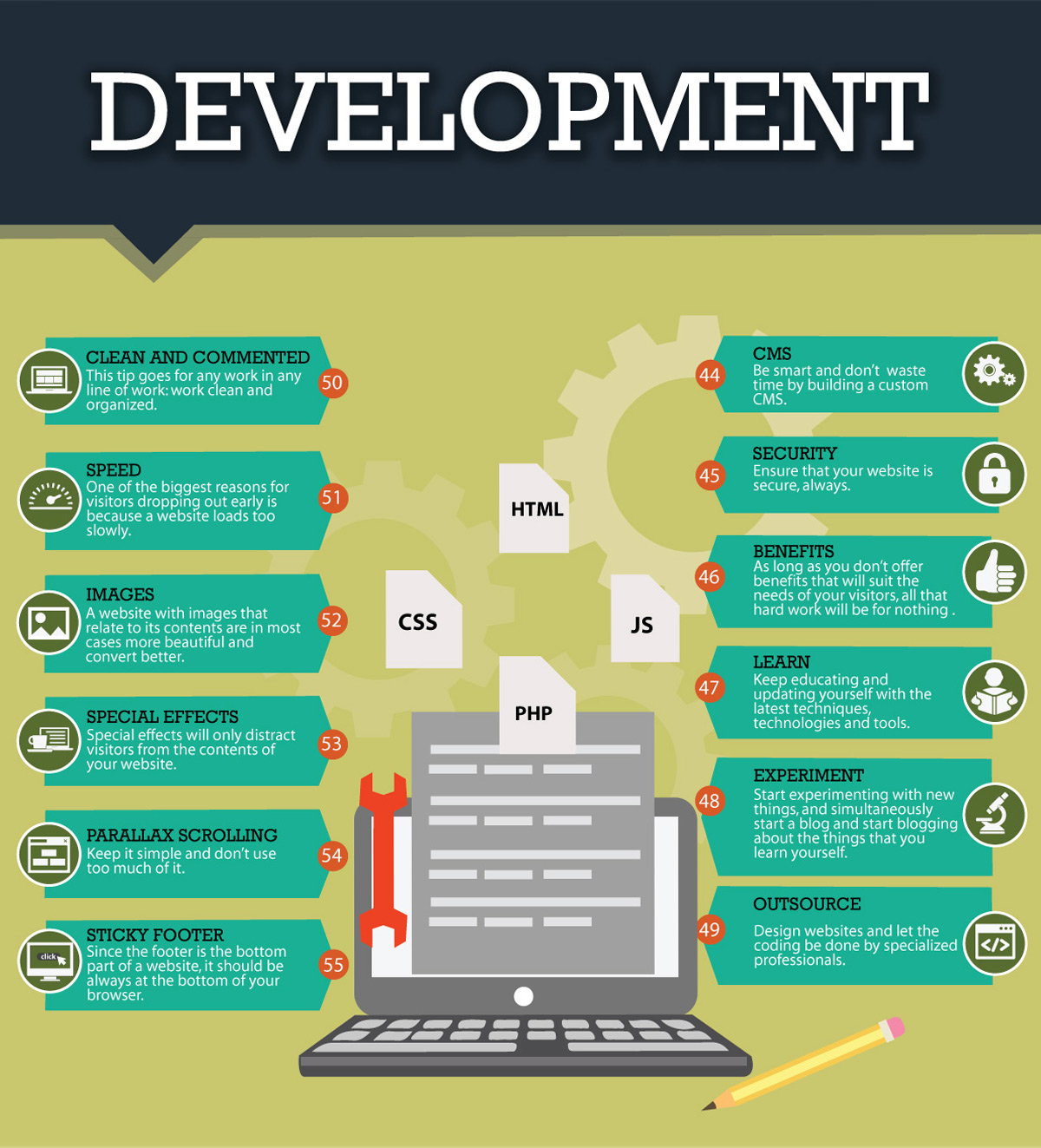Intrigued In Learning Exactly How Website Design Has Developed Over The Years? Discover The Trip From Straightforward Designs To User-Centered Techniques
Intrigued In Learning Exactly How Website Design Has Developed Over The Years? Discover The Trip From Straightforward Designs To User-Centered Techniques
Blog Article
Article By-Kinney Lunde
In the past, websites were straightforward and concentrated on information. Navigation was direct, and layout was for desktop computers. Now, customer experience is vital. Data guides designs for very easy navigating. Receptive designs match various devices. Today, dark setting reduces pressure, and minimal menus improve navigation. Interactive features engage users, and bold visuals stand apart. AI combination boosts involvement. See just how style has actually progressed to enhance your on-line journey.
Very Early Days of Website Design
In the very early days of web design, simplicity preponderated. Internet sites were basic, with restricted shades, fonts, and layouts. The emphasis got on giving information instead of showy visuals. Users accessed the internet via slow dial-up connections, so rate and capability were essential.
Navigating menus were straightforward, normally located on top or side of the page. Internet sites were created for home computer, as mobile surfing had not been yet common. Web content was king, and developers prioritized easy readability over intricate layout aspects.
HTML was the primary coding language made use of, and designers had to function within its constraints. Animations and interactive attributes were minimal compared to today's standards. Web sites were fixed, with little vibrant material or individualized user experiences.
Rise of User-Focused Design
With the evolution of internet site layout, a change in the direction of user-focused style concepts has ended up being increasingly noticeable. Today, developing internet sites that focus on individual experience is vital for involving site visitors and accomplishing organization objectives. User-focused design entails understanding the demands, preferences, and habits of your target market to customize the site's design, web content, and includes accordingly.
Developers currently perform extensive research, such as user surveys and use testing, to collect understandings and comments directly from customers. This data-driven technique helps in developing instinctive navigation, clear calls-to-action, and visually enticing interfaces that resonate with visitors. By putting the customer at the facility of the design process, sites can supply a much more tailored and delightful experience.
Responsive layout has also become an essential element of user-focused style, making certain that web sites are optimized for different devices and screen dimensions. This versatility boosts accessibility and usability, dealing with the varied methods individuals connect with web sites today. In essence, the surge of user-focused layout represents a shift towards producing electronic experiences that focus on the demands and expectations of the end customer.
Modern Trends in Website Design
Discover the most recent patterns forming web design today. One popular trend is dark setting style, providing a smooth and contemporary appearance while decreasing eye strain in low-light settings. An additional vital pattern is minimal navigating, streamlining menus and boosting user experience by concentrating on essential elements. Incorporating micro-interactions, such as computer animated buttons or scrolling effects, can develop a much more appealing and interactive internet site. Responsive design remains essential, guaranteeing smooth user experiences across various tools. Additionally, utilizing vibrant typography and asymmetrical formats can add aesthetic rate of interest and accentuate certain content.
Incorporating AI innovation, like chatbots for consumer assistance or personalized referrals, improves individual engagement and simplifies processes. visit this backlink has additionally end up being a considerable fad, with designers focusing on inclusive style practices to satisfy varied customer needs. Welcoming sustainability by enhancing site efficiency for rate and efficiency is an additional arising pattern in website design. Working together with individual feedback and data analytics to iterate and boost style constantly is crucial for staying relevant in the ever-evolving electronic landscape. By embracing these contemporary fads, you can produce an aesthetically enticing, easy to use web site that resonates with your audience.
Final thought
As you review the advancement of internet site style from the early days to currently, you can see just how user-focused layout has actually become the driving pressure behind modern-day fads.
Accept the trip of modification and adjustment in web design, always maintaining the individual experience at the forefront.
Tippingpointdigital
Stay existing with the most recent fads and innovations, and never ever quit progressing your strategy to develop visually sensational and straightforward websites.
Develop, adapt, and create - the future of website design remains in your hands.
